Heating your kitchen
It’s a glorious summer’s day. The sun is shining. The windows are wide open. The last thing on your mind right now is how best to heat your kitchen! However, like so many home improvement projects, putting a little leg work in early on and doing the research will reap the benefits in the long run. Choose wisely and the right form of heating will not only keen you warm, but can also add interest to your kitchen, save you both space and money and could even provide extra storage space!
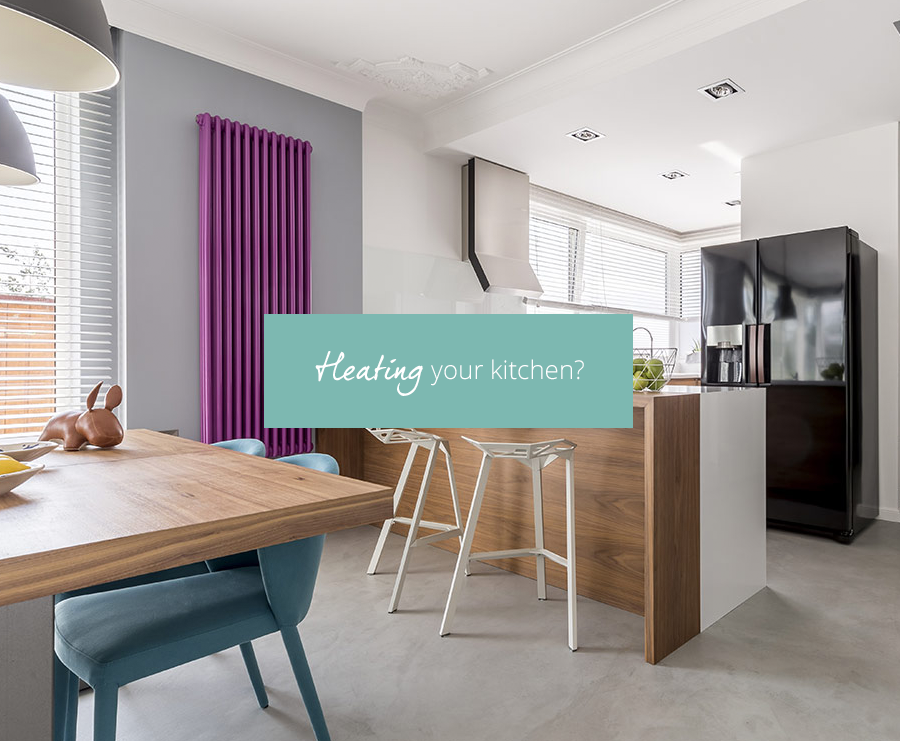
What output do I need?
It’s important to measure your kitchen space in terms of heat requirement as it’s all too easy to buy a beautiful radiator but still end up with a cold room. Simply input the dimensions of your room into an online British Thermal Units (BTU) calculator which will provide you with a recommended BTU. Each radiator should have its BTU rating listed so you can make sure it meets your needs.
What fuel options are there?
Most radiator designs are available as electric, hot water heated or dual fuel. The key thing is to check that any towel rails or radiators you choose are compatible with your system. If you have central heating then brass, steel or stainless-steel models are fine. If you don’t have gas central heating, then an electric radiator is a great alternative. Duel fuel enables you to switch fuels depending on the season – electric in the summer, central heating in the winter.
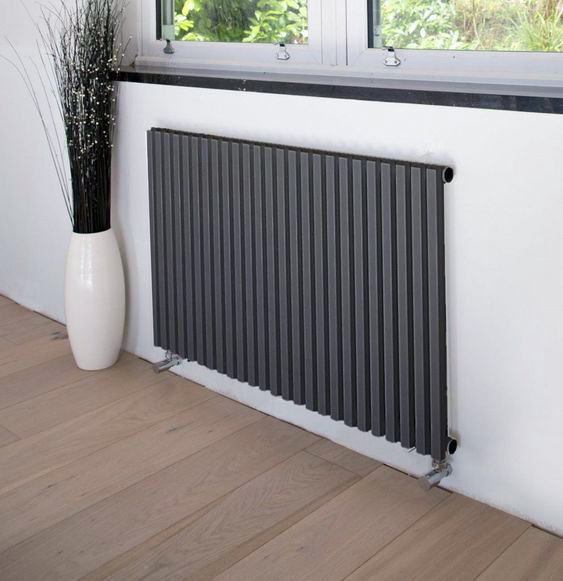
Are there energy efficient options?
Efficiency and sustainability are extremely important to manufacturers when designing new products. Radiators that have less water in them don’t take so long to heat up and therefore should, in principle, be cheaper to run. Eco-credentials are increasingly important in terms of materials used too with many designs being made from recycled metals.
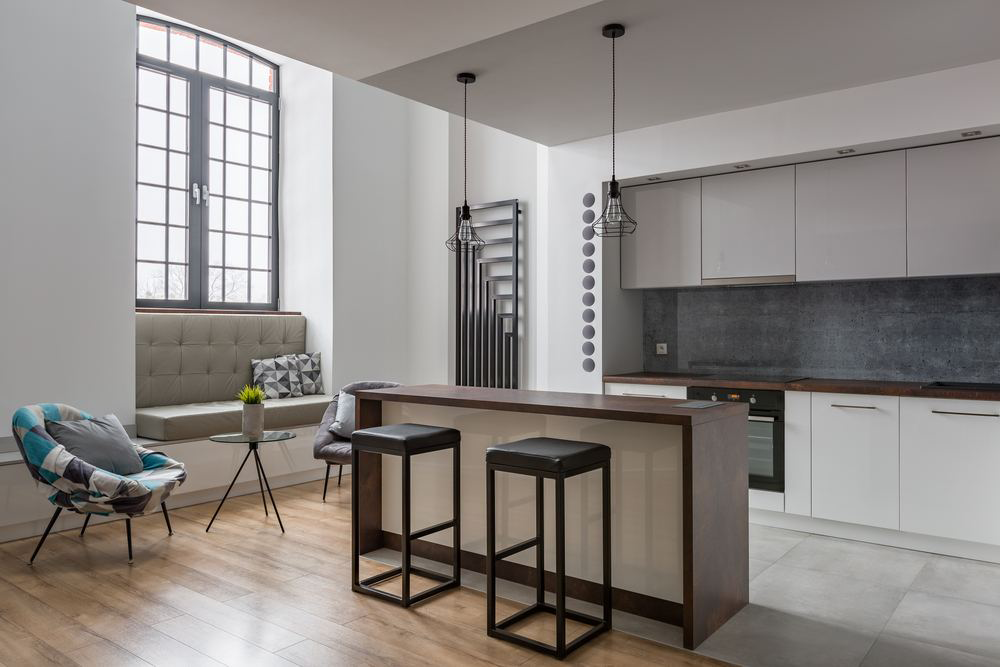
What about underfloor heating?
Underfloor heating is efficient because it effectively turns the whole floor into a radiator. The large surface area means it doesn't have to be a high temperature to warm the room – only a couple of degrees warmer than normal room temperature. It uses 15-40% less energy than traditional radiators so is cost effective. Perhaps one of the most popular reasons why people choose to install underfloor heating is simply because it very rarely ever requires any form of maintenance once it has been fitted.
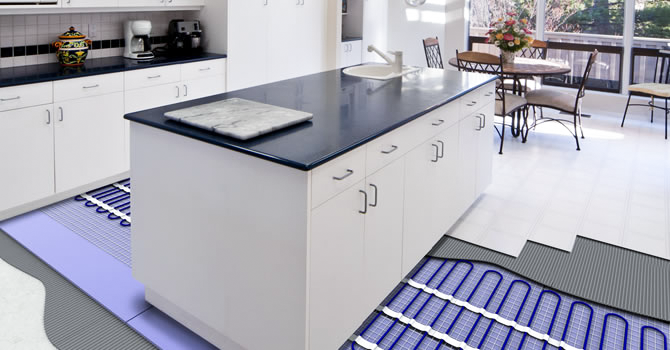
What works well in tight spaces?
If you have limited floor space, there are still plenty of shapes and sizes to choose from. Cylindrical and spiral designs work well in corners, while slab-style designs that sit flush to the wall are great behind opening doors. Tall, slim radiators are also ideal for tight corners or walls with limited space.
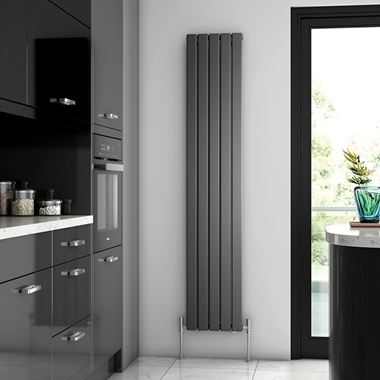
What radiators are on trend right now?
In line with interior trends, metallic finishes such as antique bronze, copper and rose gold are becoming more and more popular. These finishes add a touch of glamour and luxury to any kitchen. Equally on trend are matt and high-gloss colours - ranging from peacock blue to flame red and jet black which work well against neutral walls of contrasting texture.
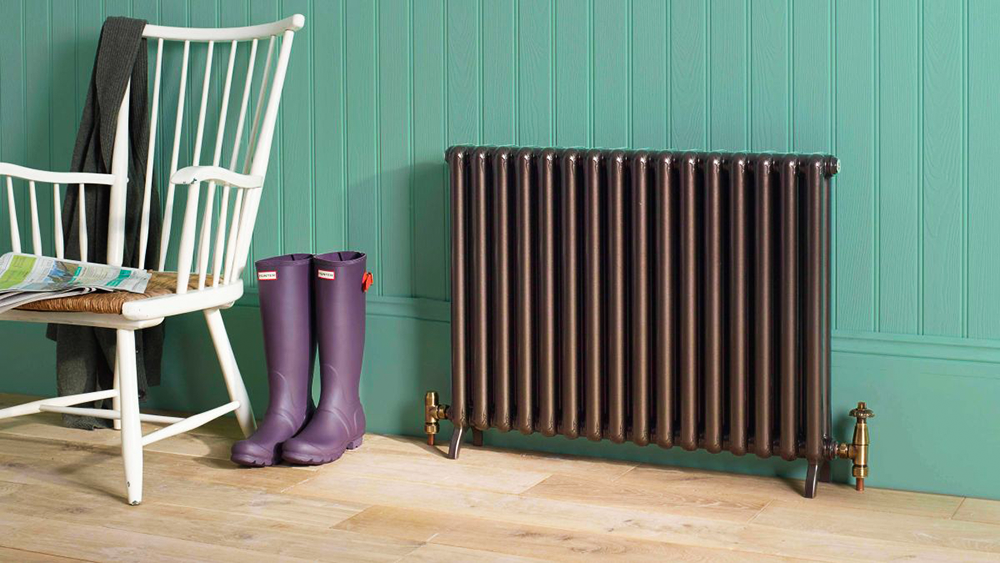
How much does a new radiator cost?
Prices obviously vary depending on size, design, and manufacturer but you should also consider the cost of additional pipework if you put a radiator in a different position. Understandably, it is less costly to replace an existing radiator in the same position. Sculptural designs tend to cost a premium so often start from £1,000, while a compact panel style model can be priced from £250. Colours other than white cost between £50-£100 more. If specialist finishes are required, these demand a premium too. Installation costs for a white like-for-like radiator should be in the region of £200.
6th Aug 2020The Compare Network
Copyright – Insight Retail Group Ltd 2025 All rights reserved